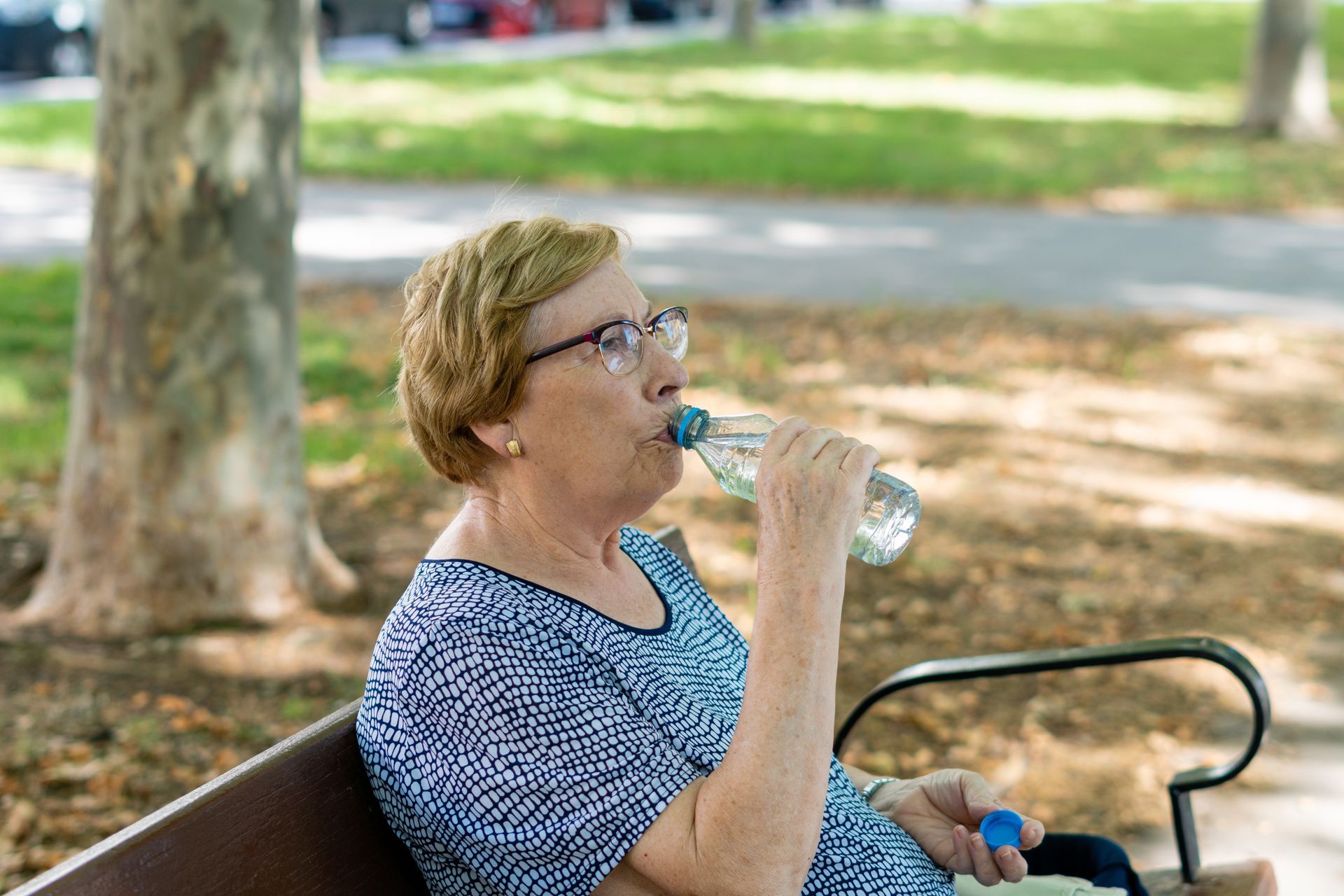BLOG
Advances in Parkinson’s Research: What’s New in Treatment and Care?
In 2023, over 70% of Parkinson's research studies have shown promising results in early-stage treatments, marking a significant shift in the landscape of Parkinson’s care. Key trends and breakthroughs, such as gene therapy and deep brain stimulation, are reshaping treatment approaches and offering new hope for patients. This article explores these recent advances and their implications for patient care, highlighting the potential for improved quality of life and future directions in Parkinson’s research.
The Promise of Recent Advances in Parkinson’s Research
Recent advances in Parkinson’s research have introduced innovative therapies that hold significant promise for patient care. Gene therapy, for instance, is emerging as a groundbreaking approach. By targeting specific genetic mutations associated with Parkinson’s, researchers aim to correct or replace faulty genes, potentially halting disease progression. Early clinical trials have shown encouraging results, with some patients experiencing improved motor function and reduced symptoms.

Another notable advancement is deep brain stimulation (DBS). This surgical procedure involves implanting electrodes in specific brain areas to regulate abnormal impulses. DBS has been particularly effective in managing motor symptoms, such as tremors and rigidity, which are common in Parkinson’s patients. Recent enhancements in DBS technology, including adaptive stimulation systems, allow for more precise and personalized treatment, improving patient outcomes.
Innovative Therapies: From Lab to Patient Care
New findings on preventive strategies for Parkinson’s disease are gaining traction in the medical community, offering hope for reducing the risk and delaying the onset of symptoms. Lifestyle changes, such as regular physical activity, have shown significant benefits. Studies indicate that exercise can improve motor function, balance, and overall well-being, potentially slowing disease progression. Activities like yoga, tai chi, and aerobic exercises are particularly effective.
Dietary interventions also play a crucial role in Parkinson’s prevention. Research suggests that a diet rich in antioxidants, omega-3 fatty acids, and vitamins can support brain health and reduce inflammation. The Mediterranean diet, which emphasizes fruits, vegetables, whole grains, and healthy fats, has been associated with a lower risk of developing Parkinson’s. Specific nutrients like vitamin D and coenzyme Q10 are also being studied for their neuroprotective properties.
Early detection methods are another critical area of focus. Advances in biomarkers and imaging techniques enable earlier diagnosis, allowing for timely intervention. For example, researchers are exploring the use of blood tests and cerebrospinal fluid analysis to identify early signs of Parkinson’s. Early detection not only facilitates better disease management but also opens the door to preventive treatments that could delay or prevent the onset of symptoms.
Preventive Strategies: Reducing the Risk of Parkinson’s
Recent research is translating into practical applications that significantly improve the quality of life for Parkinson’s patients. Assistive technologies, for instance, are making daily activities more manageable. Devices like smart walkers and adaptive utensils help patients maintain independence and perform routine tasks more easily. Wearable technology, such as smartwatches with motion sensors, can monitor symptoms and provide real-time feedback, enabling more personalized care.
Personalized care approaches are also gaining momentum. Tailored exercise programs are designed to address individual needs and capabilities, effectively manage symptoms, and enhance physical function. Physical and occupational therapists work closely with patients to develop customized plans incorporating strength training, flexibility exercises, and balance activities. These personalized regimens improve mobility and boost confidence and overall well-being.
Moreover, advancements in telemedicine are expanding access to specialized care. Virtual consultations allow patients to connect with neurologists and other healthcare professionals from their homes.
Improving Quality of Life: Practical Applications of Research
Future directions in Parkinson’s research are poised to bring even more transformative advancements. Ongoing clinical trials are at the forefront, testing new treatments that could revolutionize patient care. For example, researchers are investigating the efficacy of novel drug therapies that target specific pathways involved in Parkinson’s progression. These trials aim to alleviate symptoms and slow or halt the disease's advancement.
Emerging trends also highlight the potential of personalized medicine. By leveraging genetic information, scientists can develop treatments tailored to patients' genetic profiles. This approach promises more effective and targeted therapies, minimizing side effects and maximizing benefits. Additionally, advancements in artificial intelligence and machine learning are enhancing our understanding of Parkinson’s, enabling more accurate predictions of disease progression and treatment responses.
The role of technology in future research cannot be overstated. Innovations such as brain-computer interfaces (BCIs) are being explored for their potential to restore lost functions. BCIs could enable direct communication between the brain and external devices, offering new ways to manage symptoms and improve quality of life.
Navigating the Future: What’s Next in Parkinson’s Research
Recent advances in Parkinson’s research have introduced promising early-stage treatments, innovative therapies, and preventive strategies that reshape patient care. Gene therapy, deep brain stimulation, and stem cell research offer new hope for managing and potentially halting disease progression. Lifestyle changes, dietary interventions, and early detection methods are gaining traction, emphasizing a proactive approach to Parkinson’s care.

These advancements translate into practical applications that significantly improve patients' quality of life. Assistive technologies, personalized care approaches, and telemedicine make daily activities more manageable and accessible. Integrating these solutions into patient care underscores the importance of innovative strategies in enhancing well-being.
Stay Informed About the Latest Developments
Recent advances in Parkinson’s research, including gene therapy, deep brain stimulation, and preventive strategies, are transforming patient care. These innovations offer new hope for managing symptoms and improving quality of life. Staying informed about these developments is crucial for patients and caregivers to access the latest treatments and care options. For personalized, holistic care, consider Assured Senior Living.














